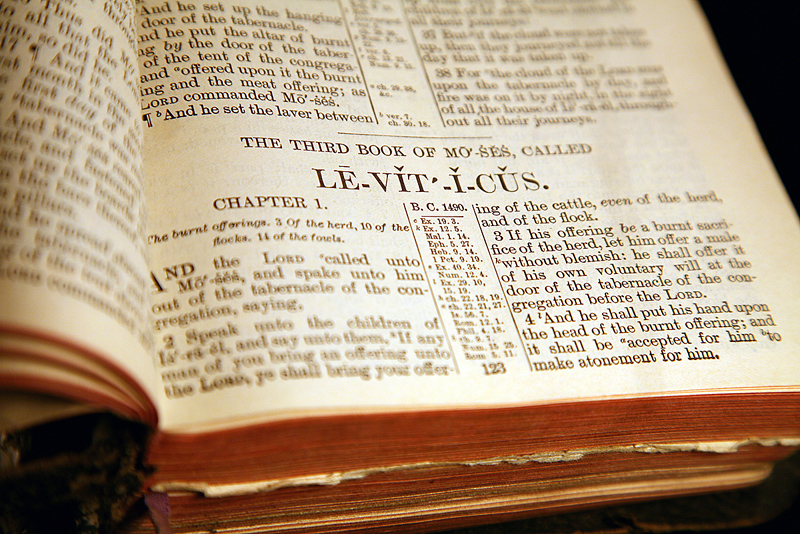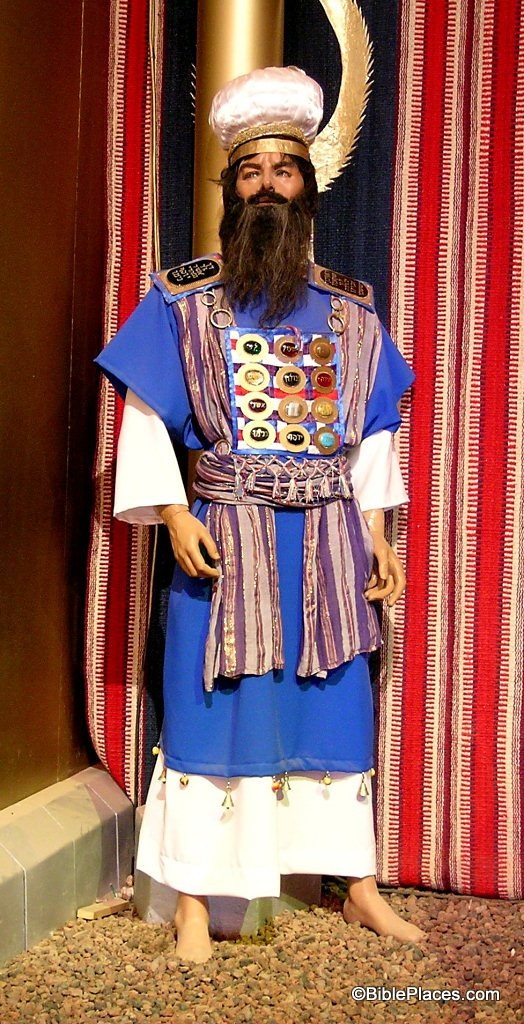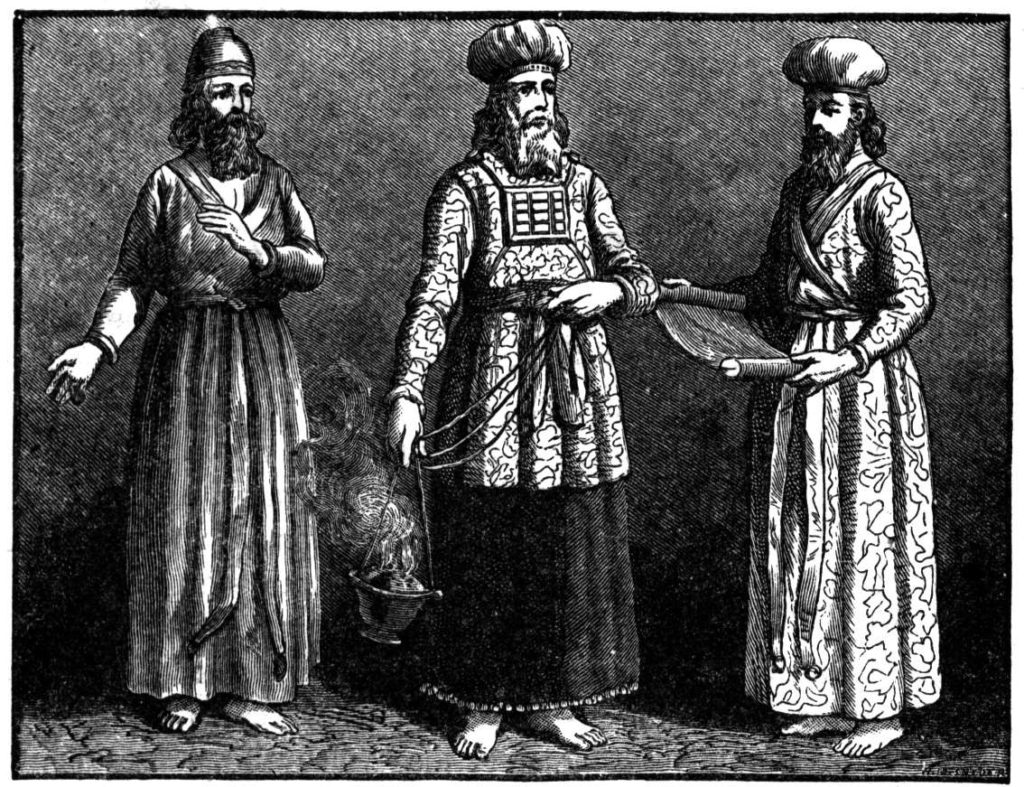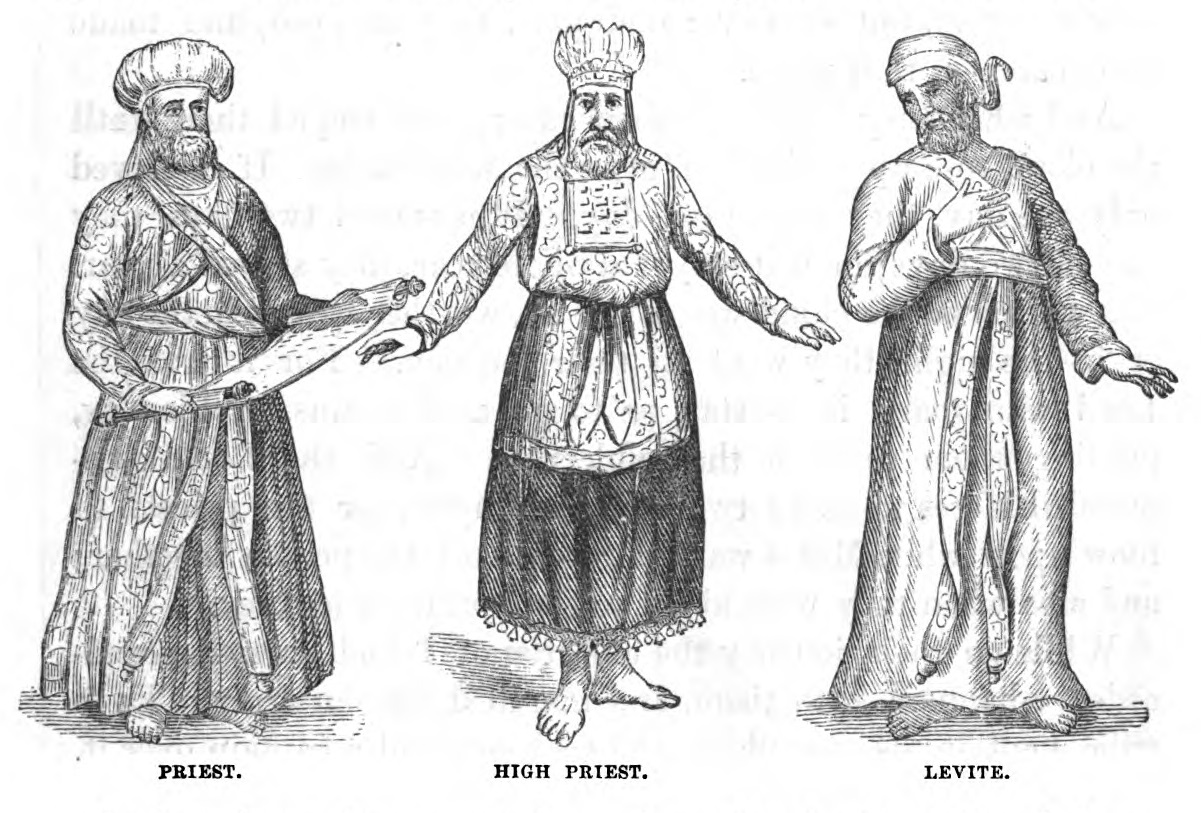
Numbers 1
Numbers 1:50, The Levites. The role of the Levites was to assist the priests in the tabernacle service (Num 3:6–8; 16:9; 1 Chr 23:28–32; Ezra 3:8) including caring for the tabernacle (Num 1:53) and its furniture, its setting up, dismantling and transporting (Num 3–4). In addition, they assisted the priests by preparing the cereal offering (1 Chr 23:29). They acted as singer and musicians in the temple to offer praise to YHVH (1 Chr 23:30). They were allowed to approach the tabernacle furniture only after the priests had covered and prepared them for transport (Num 4:5–15; 18:3) but they could not touch any of the tabernacle’s set-apart instruments lest they die (Num 4:15), nor could they even see them (Num 4:20).
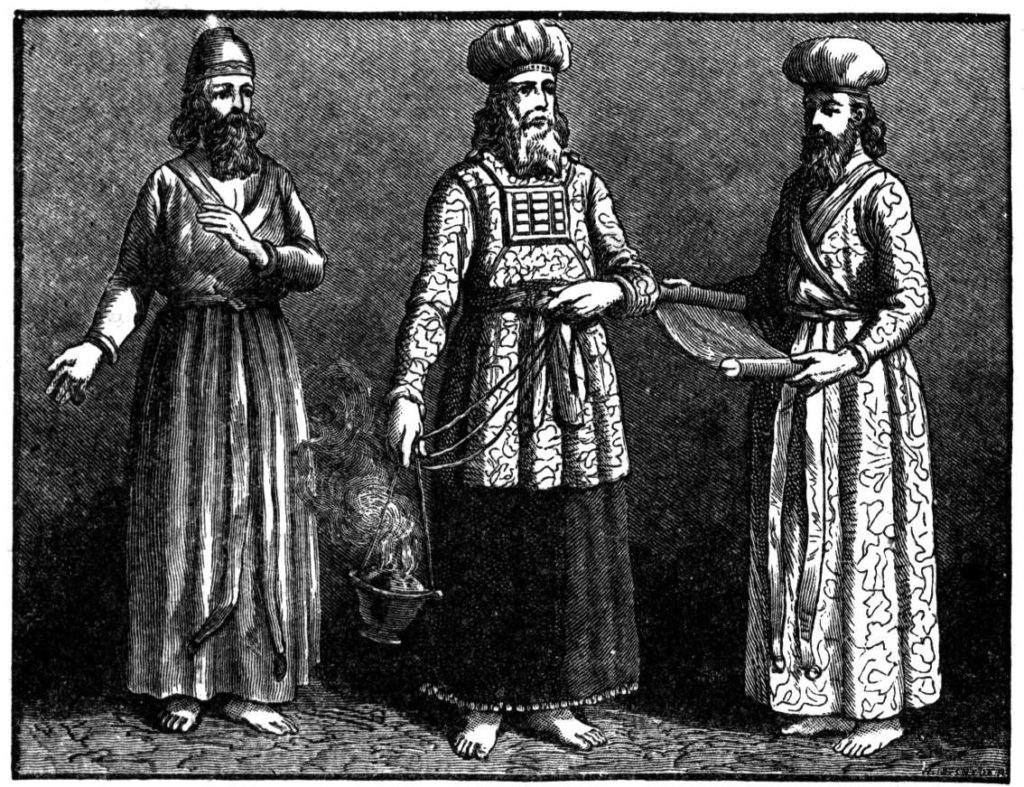
Not only were the Levites commissioned to attend to the needs of the priests and the things of the tabernacle, but YHVH instructed them “to attend to the needs” or “keep charge” (Heb. mishmereth) of, presumably, the spiritual needs of the whole congregation or children of Israel (Num 3:7–8). Although mishemereth is a noun meaning “charge, function, obligation, service, or watch,” it is often translated into English as a verbs of actionsuch as “to keep, guard, keep charge, or watch” through its root shamar, a verb meaning “to keep, guard, observe, give heed.” Mishmereth principally refers to the Levites’ obligatory duties relating to the service of the temple.
Later on, the Levites were involved in teaching and interpreting the Torah (Neh 8:7, 9; 2 Chr 17:7–9; 35:3). There is no indication that the Levites were permitted to offer sacrifices, with the notable exception of Samuel, who was a Levite, but not a priest (1 Sam 1:1 cp. 1 Chr 6:28).
YHVH chose the Levites as his set-apart ministers to replace the firstborn of the Israelites that he spared when he smote the firstborn of the Egyptians (Num 3:12–13, 41–45).

Numbers 1:52, Standard [or banner]. Each tribe had its own flag or banner. Although the Torah doesn’t tell us what these flags looked like, Jewish oral tradition records this information. According to Numbers Midrash Rabbah, the flag of each tribe was the color of its stone in the high priests breastplate and is described as follows:
- Reuben’s stone was ruby and the color of the flag was red with embroidered mandrakes.
- Simeon was topaz and his flag was green with the town of Shechem embroidered thereon.
- Levi was smaragd (like an emerald) and the color of his flag was one third each of white, black and red and was embroidered with the urim and thummim.
- Judah’s was carbuncle and the color of his flag was like the heavens and was embroidered with a lion.
- Issachar’s was a sapphire and the color of his flag was black and embroidered on it was the sun and moon, which is an allusion to the text in 1 Chronicles 12:33 that the sons of Issachar understood times.
- Zebulun’s was an emerald and the color of his flag was white with a ship embroidered on it in allusion to the text that Zebulun shall dwell at the shore of the sea (Gen 49:13).
- Dan’s stone was the jacinth and the color of his flag was similar to sapphire, and embroidered on it was a serpent in allusion to the text that Dan shall be a serpent in the way (Gen 49:17).
- Gad’s was an agate and the color of his flag was a blend of black and white, and on it was embroidered a camp in allusion to text that says Gad shall be a troop (Gen 49:19).
- Naphtali was an amethyst and the color of his flag was like clarified wine of not a very deep red, and on it was embroidered a dear in allusion to the text which says that Naphtali will be like a dear let loose (Gen 49:21).
- Asher was beryl and the color of his flag was like the precious stone with which women adorn themselves, and embroidered with an olive tree in allusion to the text that says that Asher’s bread shall be fat (Gen 49:20).
- Joseph was an onyx and the color of his flag was jet black and embroidered thereon for both princes, Ephraim and Manasseh, was Egypt because they were born in Egypt.
- On Ephraim’s flag was embroidered a bullock in allusion to the text that says his firstling would be a bullock (Deut 33:17).
- On Manasseh’s flag was embroidered a wild ox in allusion to the text which says his horns are that of a wild ox (Deut 33:13), which alludes to Gideon, the Joash, who came from that tribe.
- Benjamin’s stone was jasper and the color of his flag was combination of all the twelve colors, and embroidered thereon was a wolf in allusion to the text that says that Benjamin is ravenous like a wolf (Gen 49:27).
Now compare this list of precious and semiprecious stones with the list of stones that will comprise the twelve foundations of the New Jerusalem (Rev 21:19–21). There are a lot of similarities.


